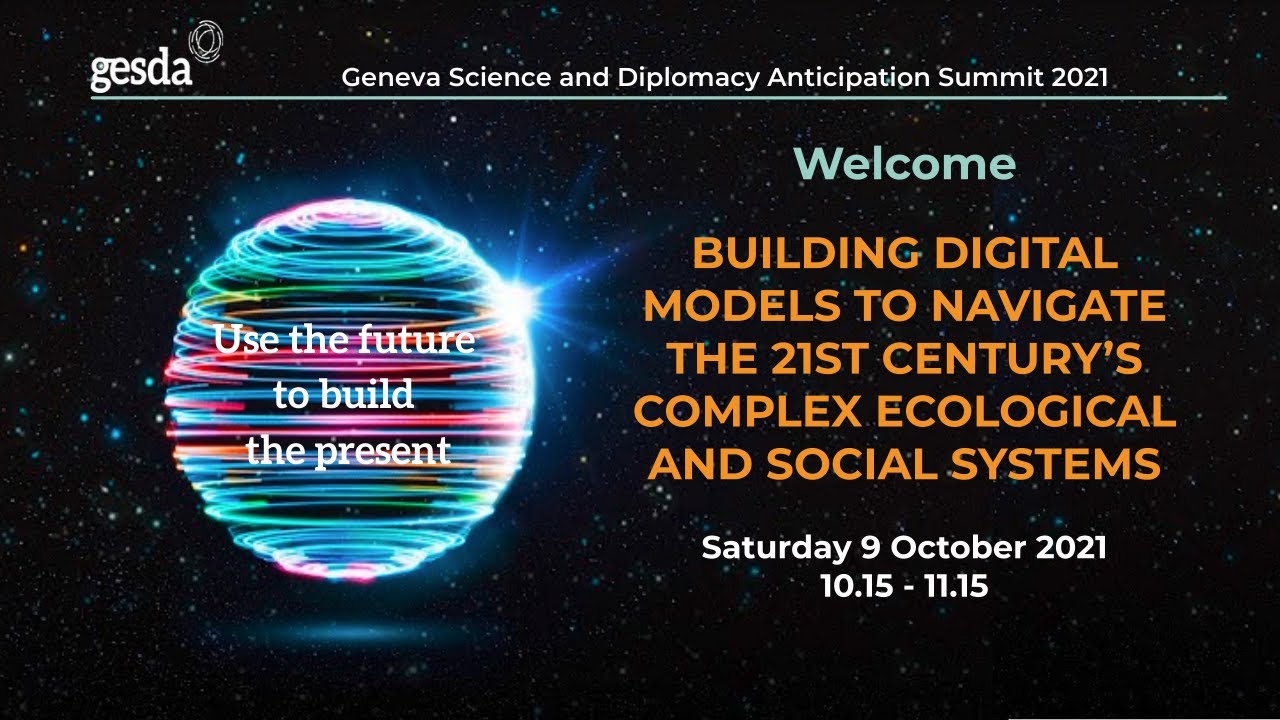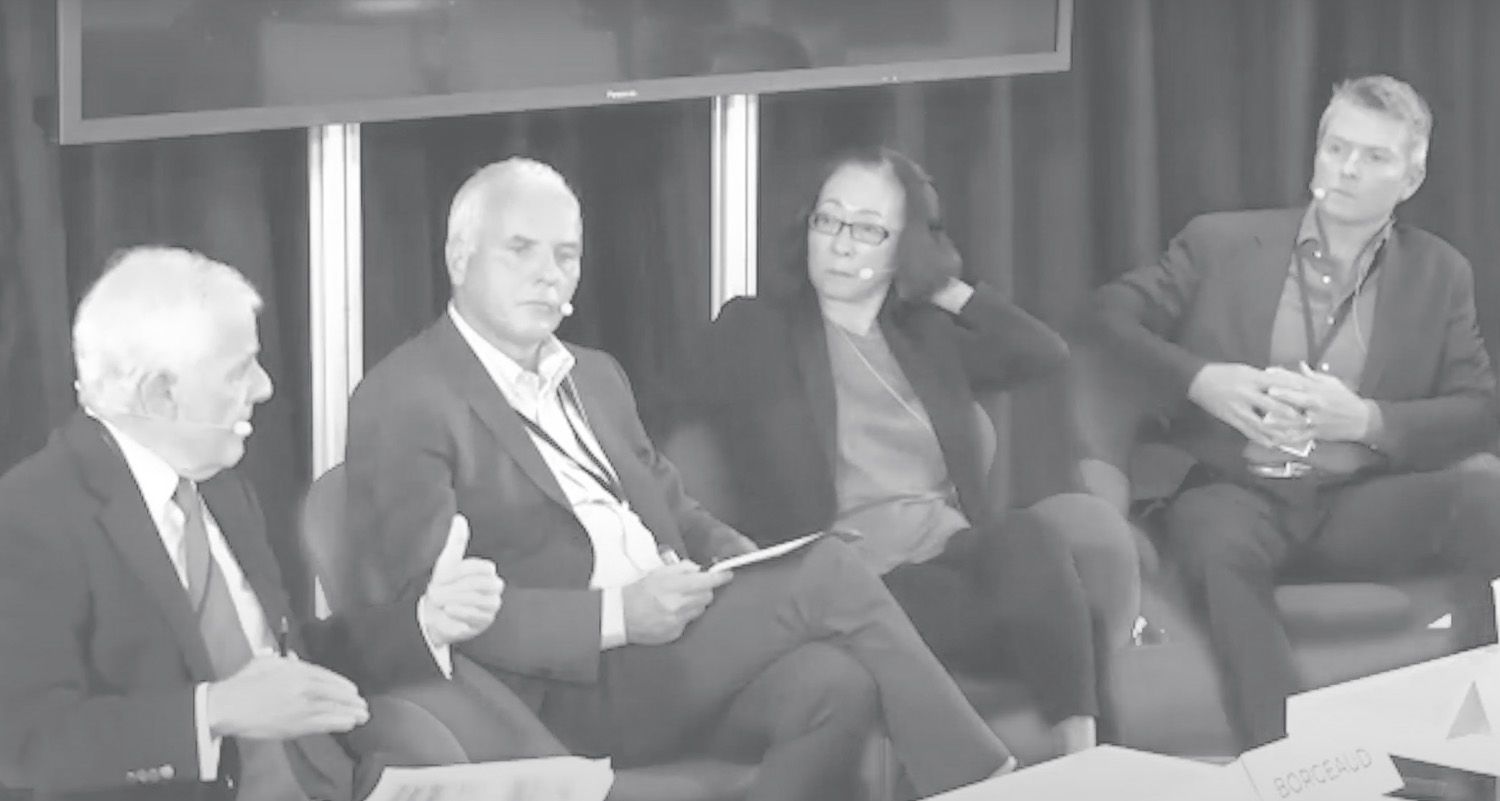
Humanity created, captured, copied, and consumed more than 64 trillion gigabytes of data last year. This deluge of information is being used to try to model the world around us in unprecedented detail. That includes complex systems like cities, ecosystems, and the climate.
Going forward these models will become increasingly intermeshed, creating sprawling socioecological simulations that can provide policymakers with invaluable foresight on the outcomes of economic, environmental and social policies. While those simulations, often referred to as “digital twins”, can provide knowledge about the potential evolution of a system, big data and machine learning approaches have so far failed to capture the full complexity of real-world situations and different feedback loops. Finding ways to combine models with different scales and purposes and ensuring that today's biases and prejudices are not baked into them, will require a sustained interdisciplinary effort that includes full engagement among citizens.
- Many initiatives for “digital twins” have been recently launched. To what extent will these initiatives be able to reproduce the complexity of real-world systems?
- Can we combine models of physical reality with those simulating more intangible social phenomena?
- How reliable are today's leading models and how can policy makers use them wisely?
- How can we ensure models used to guide policy are transparent, equitable and explainable?
Takeaway messages



